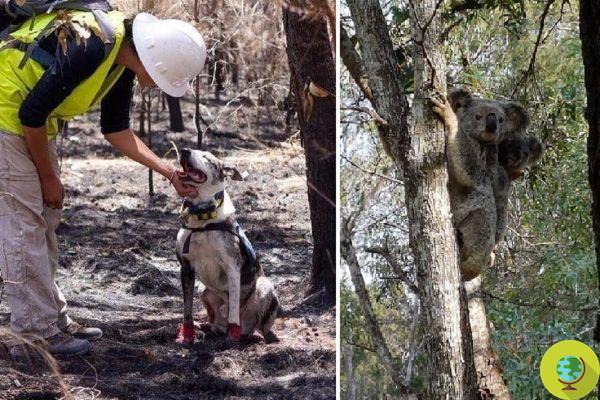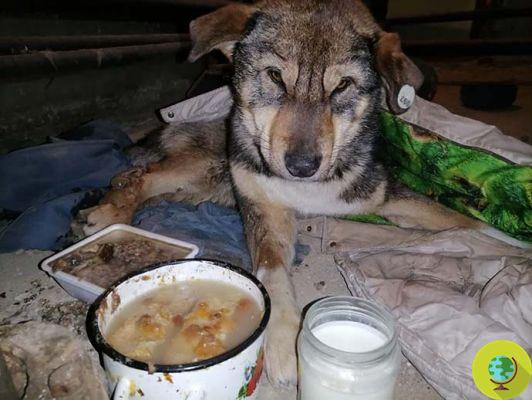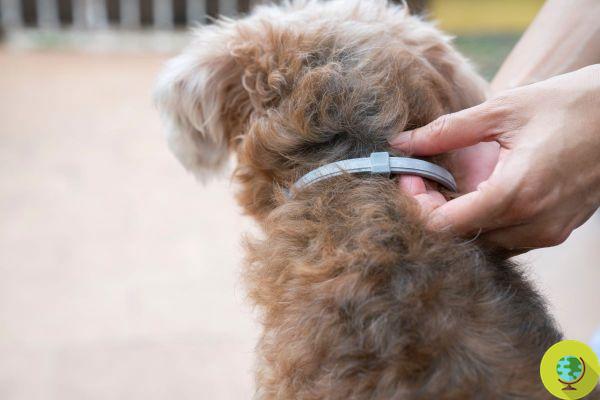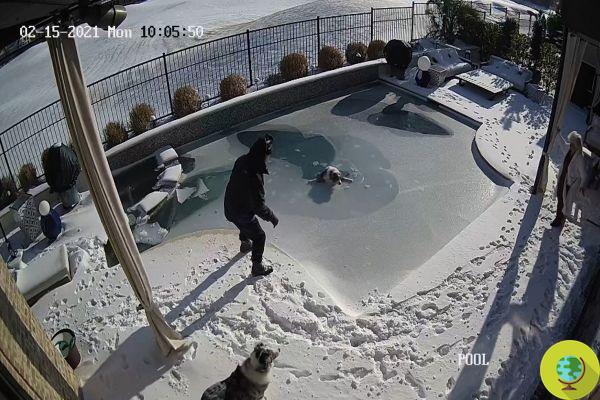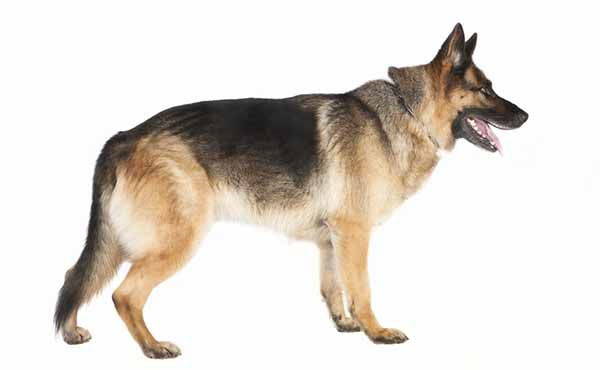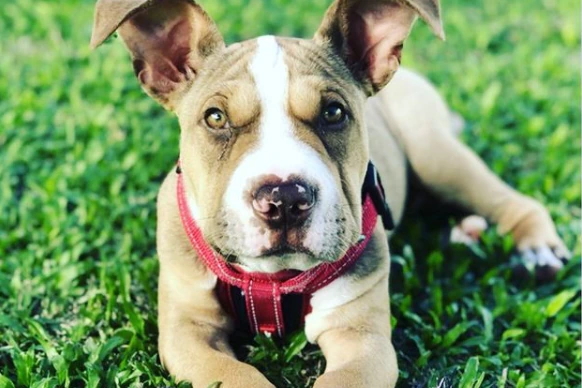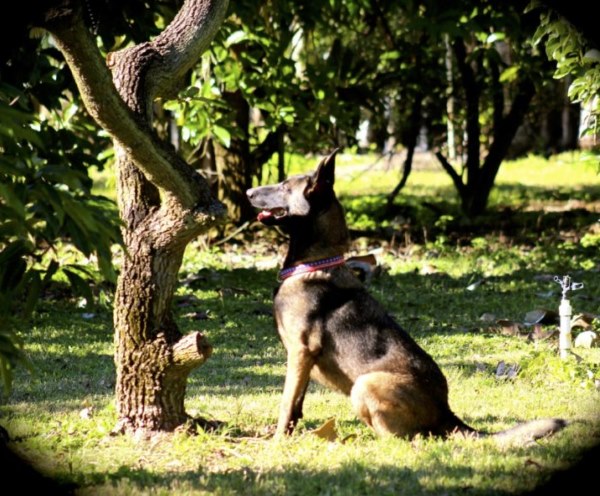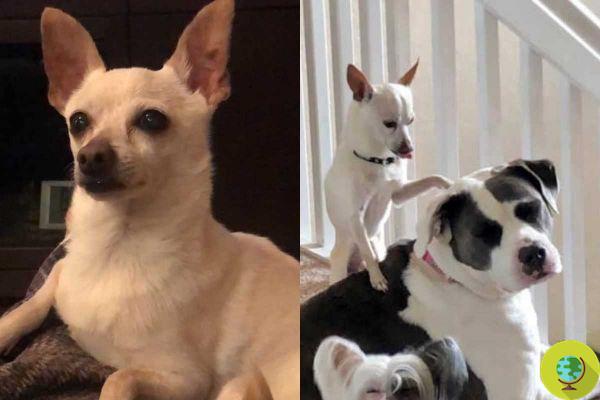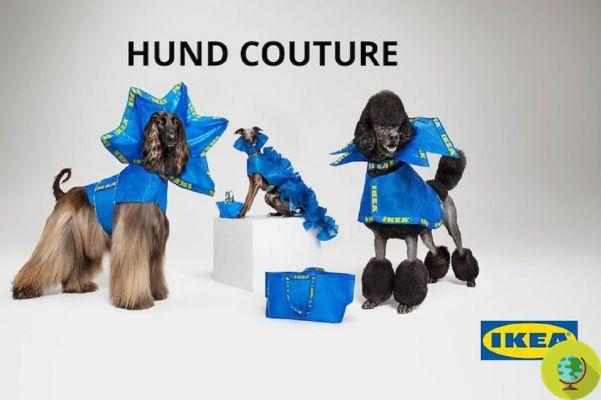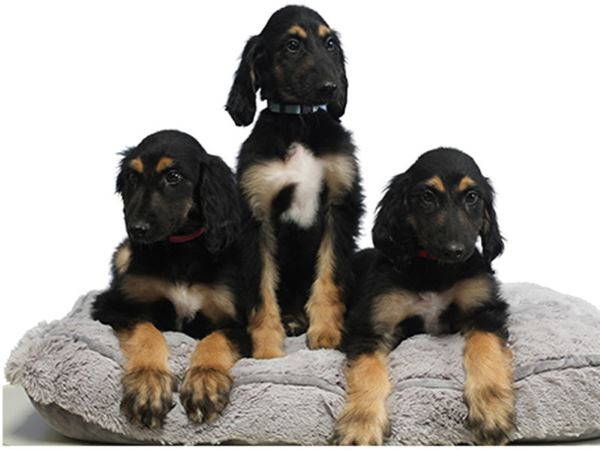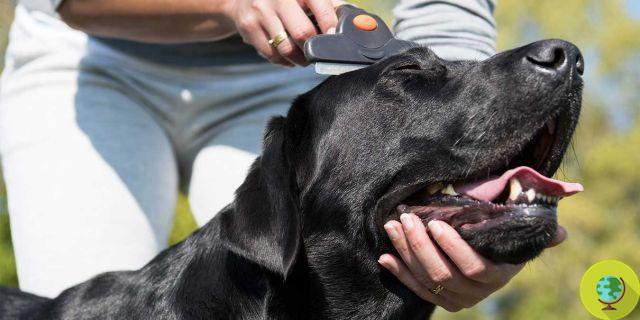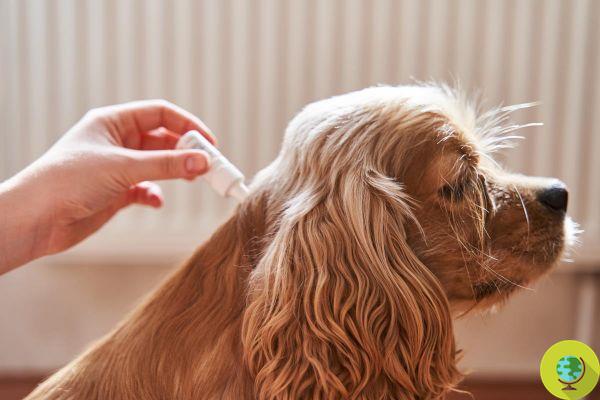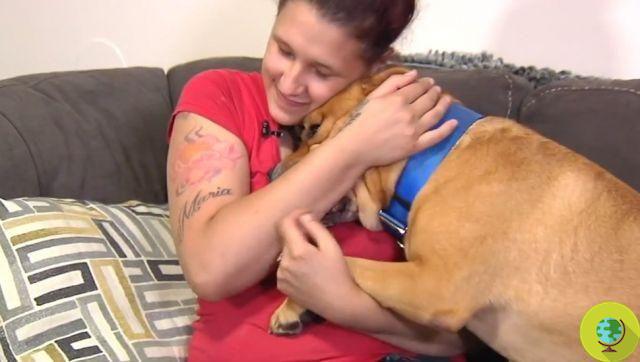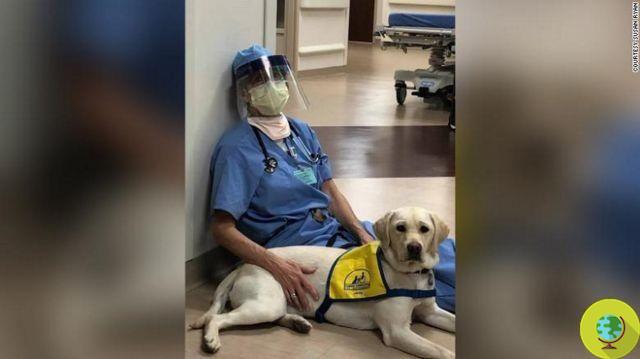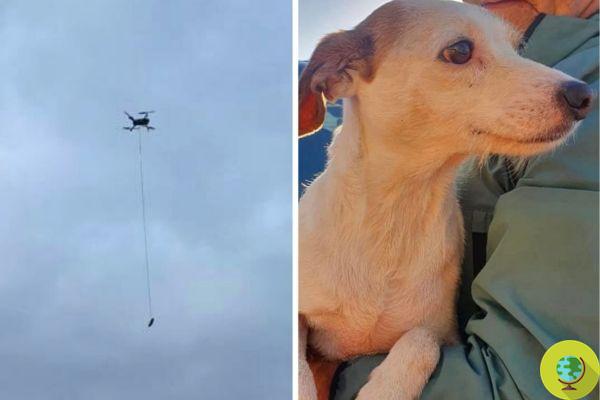The Boston Terrier did not originally have such a flattened muzzle. Some changes have been made to the breed over the years.
Today we are used to recognizing Boston Terrier dogs also because of their characteristic flattened snout. But very few know that these dogs have not always been like this and it is only at a certain point in their history that they "lost" their noses, obviously for purely human ambitions. To tell and reconstruct the stages of the evolution of the muzzle of this breed of brachycephalic dogs is Jemima Harrison, British television producer of science documentaries.
The Boston Terrier originally had a different face physiognomy.
Harrison shows the photograph of the Boston Terrier who won a dog competition in the US earlier this year. A true champion who, however, if photographed in profile, shows a face that is really too flattened.
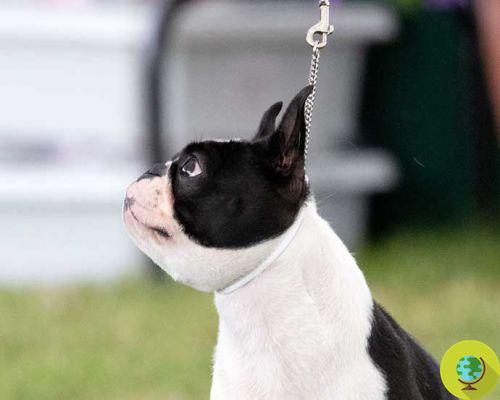
© pedigree dogs exposed
The comparison with a 1910 champion of the same breed is evident. In fact, we can see how the muzzle is not the same and a much more pronounced nose stands out in plain sight.
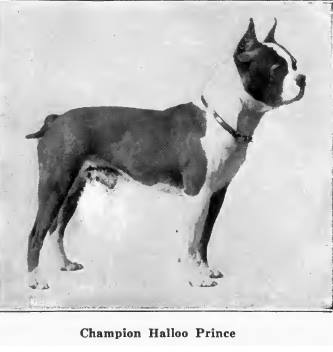
© pedigree dogs exposed
What has happened over the years?
The Boston Terrier was first recognized in the United States in 1890. At that time the portraits of the Boston Breeders Club Dog Show show snouts and noses which, although of varying lengths, are all very noticeable.
The 1910 breed standard states this:
“Muzzle - Short, square, wide and deep, without wrinkles…. wide and square jaw, with short and regular teeth "
Ten years later, however, there was a revision that included a maximum muzzle length:
Muzzle: short, square, broad and deep and in proportion to the skull; no wrinkles; shorter in length than in width and depth, not exceeding in length about one third of the length of the skull; width and depth carried well to the extremity; the muzzle from the stop to the tip of the nose on a line parallel to the top of the skull "
In 1919, the National Geographic Book of Dogs described the Boston's muzzle this way:
"The face is intelligent, rather square, the nose, although short, is not pushed inwards and the jaws are regular, wide and deep enough"
In 1926, breed historian EJ Rousuck added a further clarification on the proportions of the muzzle:
“Conforming to the outline of almost every other part of the Boston's head, the muzzle must be square. It should be as perfect a square as possible, with nearly equal width, depth and length. (...) The muzzle should protrude at right angles from the stop, its length should not exceed one third of the entire head, i.e. the distance from the tip of the nose horizontally backwards until the ears are inserted, it should measure three times the length of the snout "
Today's American Kennel Club (AKC) standard says this instead:
“The muzzle is short, square, broad and deep and in proportion to the skull. It is wrinkle-free, shorter in length than in width or depth; does not exceed in length about one third of the length of the skull "
And now it also allows for a protrusion of the lower arch, never part of the original standard.
“The jaw is broad and square with short and regular teeth. The bite is uniform or sufficiently forward to square the muzzle "
Harrison explains that there are 3 main reasons for the change in the parameters of the muzzle and nose over the years which summarizes as follows:
- showmanship (which often leads to exaggeration)
- cult of brachycephaly (which has transformed several races over time and still threatens many others)
- problems of breeders in accurately deciphering breed standards
Some breeders interpret (or have interpreted) the breed standards somewhat in their own way and, after the short muzzle has been removed as a defect, there is nothing to stop them from breeding Bulldog terriers as we see them today, coming to the extreme as in the case of the US sample.
A Boston breeder interpreted the winner's proportions above to be correct in the following illustration, which appeared on the Cruffa Facebook page, created and managed by Jemima Harrison herself with the purpose of making a change for extreme brachiocephalic dogs, creating awareness and pushing for stop using them in advertising or in the media so as to reduce their visibility and contribute to stop the demand for these breeds.
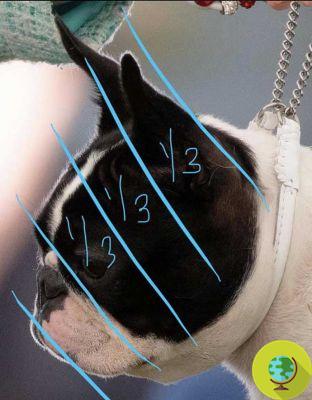
© pedigree dogs exposed
Harrison writes:
"Leaving aside the fact that 'muzzle' cannot only mean the mandible (lower jaw), it is a clearly misinterpretation of the breed standard. A dog's skull is not just from the occiput to the stop - it is the entire head, as EJ Rousuck made clear in 1926, writing: 'The muzzle should protrude perpendicularly from the stop, its length no more than one third of the whole. head, that is, the distance from the tip of the nose back horizontally to the insertion of the ears, should measure three times the length '"
To suggest otherwise would be considered nonsense by any anatomist, adds the documentarian, but this error also appears in other breeds where it has also been used to justify a growing desire for brachycephaly.
"Now it is true that there has been some variation in muzzle length over the years, and it is possible to find past samples with a very short muzzle but only recently has this led to extreme dogs like the US champion," writes the Harrison.
In some cases, breeders also define themselves as "conservation", more or less aware of the fact that the dogs they are breeding today often do not look at all like the original ones.
The consequences of the flattened snout
Fortunately, the Boston breathes better than similar dogs like French Bulldogs and Pugs, but, Harrison explains, it's not just about breathe (even some Boston by the way struggle). The snouts of the dogs are indeed the place where their cooling system is located, very important to regulate the temperature.
Even the mouths of these dogs often give them problems: rotated or too close teeth can cause trauma and pain. The lack of a muzzle with a pronounced nose also makes the eyes much more vulnerable.
A story with a sad ending, therefore, a change that has brought many problems to these dogs.
Fonte: Pedigree Dogs Exposed
Read also:
- Here's why you shouldn't buy a French Bulldog (and any other dog)
- Here's why you shouldn't buy a pug (and any other dog)
- French bulldog: character, diseases and how to raise him. The advice of the veterinarian





